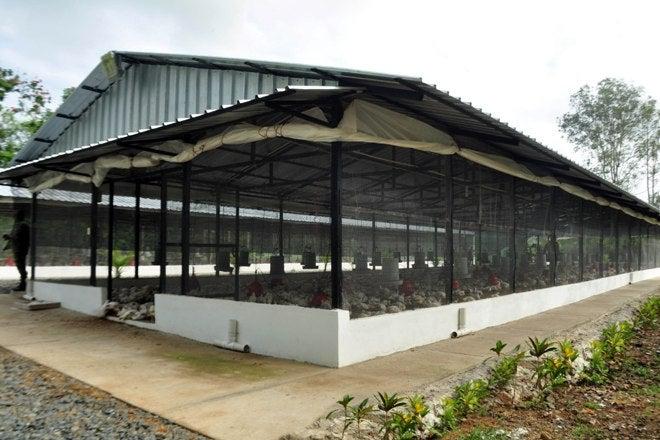Here are some guidelines for poultry house construction:
- Site selection: Choose a flat and well-drained site with good ventilation and access to water and electricity. Avoid low-lying areas where water may accumulate.
- Building design: The poultry house should be designed to provide adequate protection from the weather, predators, and disease. It should also allow for easy cleaning and management of the birds.
- Size: The size of the poultry house will depend on the number of birds to be housed. As a general rule, each bird should have about 0.1-0.2 square meters of floor space.
- Ventilation: Good ventilation is essential for the health and well-being of the birds. The poultry house should have windows, vents, or fans to provide fresh air and remove moisture and waste.
- Lighting: Provide natural or artificial lighting in the poultry house to mimic daylight hours, as this can affect the birds’ health, behavior, and egg production.
- Temperature: Keep the temperature in the poultry house between 20-25°C for optimal comfort of the birds. Use insulation and heating or cooling systems if necessary.
- Flooring: The floor of the poultry house should be made of a durable material, such as concrete or asphalt, that is easy to clean and disinfect.
- Equipment: Provide feeders, waterers, nest boxes, and perches in the poultry house as needed.
- Sanitation: Maintain good sanitation in the poultry house to prevent the spread of disease. Clean and disinfect the house regularly, and remove and dispose of manure and other waste regularly.
- Biosecurity: Implement biosecurity measures to prevent the spread of disease. This may include limiting access to the poultry house, wearing protective clothing, and providing footbaths or other methods for decontaminating footwear.


Very Informative